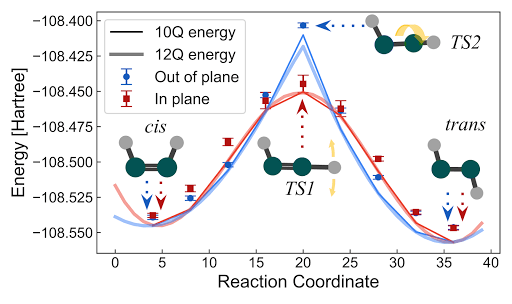In the growing quest for applications of Quantum Computing, Google have shown how to simulate a chemical system with 54 qubits. The largest chemical simulation performed to date on a Quantum Computer. The team used a Variational Quantum Eigensolver (VQE) to simulate a chemical system employing the Hartree-Fock approximation.
The calculations were performed on the Google super conducting Quantum Computer named Sycamore which first got noticed back in 2019 when the company announced it has achieved Quantum Supremacy. Sycamore has 54-qubits and consists of over 140 individually parameterized elements.

The research appeared in Science, Hartree-Fock on a Superconducting Qubit Quantum Computer” and highlights the growing interest in employing quantum computers to study chemical systems. The usefulness of using Quantum Computers to study real chemical systems goes right back to the early research and thinking from the likes of Richard Feynman who considered that Quantum Computers would be more ideally suited to simulate Quantum systems themselves over and above classical.
Nature isn’t classical . . . and if you want to make a simulation of Nature, you’d better make it quantum mechanical, and by golly it’s a wonderful problem, because it doesn’t look so easy.
Richard Feynman on Quantum Computing 1981
The system modeled the binding energy of H6, H8, H10 and H12 chains as well as the isomerization of diazene and showed the error mitigation strategy which improved the fidelity of the experiments. The system is roughly twice as large as that previously simulated. The code has been released via OpenFermion.

